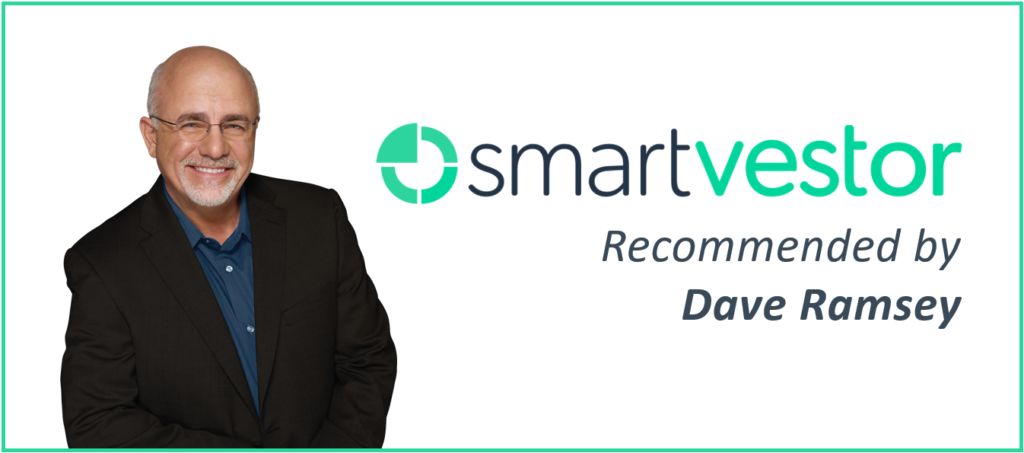Think Location
Three of the most important considerations to take into account before building a dream home are location, location and location. You’ll want to ask whether the location you’re looking to build on is an up-and-coming destination or one that’s had a downturn for several years. No one knows what the future will hold, but a home in a desirable location is more likely to sell than one in a depressed area.
If your chosen destination, even if it’s near a beach or ski resort, has had stagnant or declining home prices for years, it’s a sign that it might not be a good place to build a home. Another concern would be the average length of time properties stay on the market in a given community. If there’s a low supply of houses and a short turnaround when they go on the market, your chosen location might be a good fit. If houses stay on the market for a year or more, it might be a good idea to look elsewhere.
Think About the Kids
Most people who retire want to spend time with their kids and grandchildren. This might make it seem like buying or building a dream home near the kids would be a good idea. Think again. People move for jobs every day. Sometimes, that move will be from one building across the street to another. Other job moves will require a move across a state or across the country.
Building a dream home close to your kids today does not guarantee it will be close to your kids five years from now. Additionally, dream homes tend to be on the upper end of the price scale, and this can mean they’ll sell less quickly than more affordable homes. Therefore, if your main reason for building a dream home is to be close to your children, it might pay to ponder the decision a bit longer.
Think About Cash Flow
No matter how big your nest egg happens to be, you always need to think about cash flow. This goes if you’re 30 years old or 60 years old. Overspending on a home is bad for cash flow whether you’re making $50,000 a year with no money in your nest egg or making $150,000 a year with $750,000 in your nest egg. If you have a nice chunk rolling in from a pension or Social Security, this might work in your favor for building your dream home. Keep in mind that you might want to downsize your dream home a bit to keep more cash working in your favor regardless of your current financial situation.
It’s also a good idea to remember that most people decline physically over time. This means that a multistory dream home will be less accessible in a few years. If you need to hire some help, that will put additional strain on your cash flow as well.
There’s nothing inherently wrong with building a dream home as long as you can afford it. However, there can be some pitfalls that come from building one for retirement. Most people will eventually have to downsize, and having too much equity tied up in a home can make it more difficult to do so quickly. Taking all facets of building a new home into account is an important step to take before you ever sign on the dotted line to start your build.

